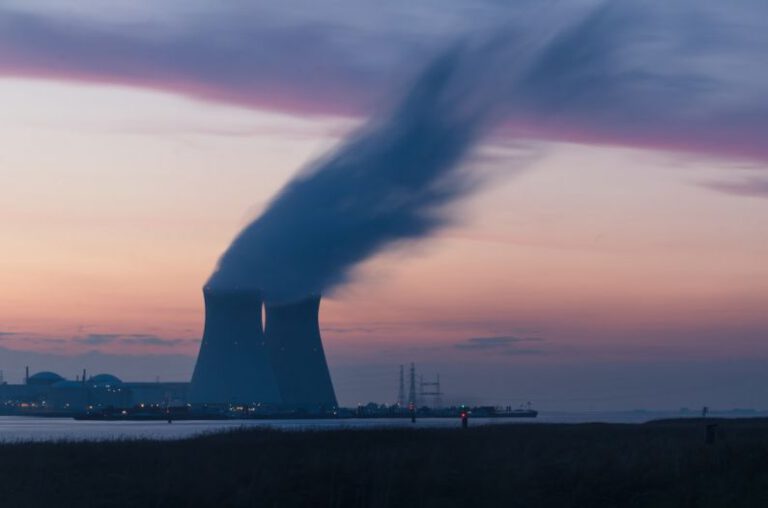Bioluminescent Lighting: Nature’s Bright Idea
**Bioluminescent Lighting: Nature’s Bright Idea**
In the depths of the ocean, in dark forests, and even in your own backyard on a warm summer night, there exists a phenomenon that captivates and mesmerizes all who witness it: bioluminescent lighting. This natural light show, produced by living organisms, showcases the incredible diversity and adaptability of life on our planet. From tiny fireflies to vast expanses of glowing algae in the ocean, bioluminescence is a stunning display of nature’s ingenuity and beauty.
**The Science Behind Bioluminescence**
Bioluminescence is the production and emission of light by living organisms. This fascinating process occurs through a chemical reaction that involves a light-emitting pigment called luciferin and an enzyme called luciferase. When luciferin reacts with oxygen in the presence of luciferase, it produces light without generating heat, making it an incredibly energy-efficient form of illumination.
**Marine Bioluminescence: A Spectacular Display**
One of the most well-known examples of bioluminescence occurs in the world’s oceans. Many marine organisms, from jellyfish to plankton, have evolved the ability to produce light. When disturbed or threatened, these creatures emit a brilliant glow that serves as a defense mechanism to startle predators or attract prey. The result is a mesmerizing display of light that transforms the dark depths of the ocean into a magical wonderland.
**Fireflies: Nature’s Living Lanterns**
On land, fireflies are perhaps the most iconic example of bioluminescence. These enchanting insects use their glowing abdomens to communicate with potential mates, creating a dazzling light show on warm summer nights. Each species of firefly has its unique flash pattern, allowing them to identify and attract suitable partners. The sight of a field filled with twinkling fireflies is a true testament to the beauty and wonder of bioluminescence.
**Bioluminescent Fungi: Illuminating the Forest Floor**
In addition to marine organisms and insects, certain species of fungi also possess bioluminescent properties. These fungi, often found in dark, damp forests, emit a soft, greenish light that illuminates the forest floor. While the exact purpose of this bioluminescence is still not fully understood, it is believed to play a role in attracting insects that aid in spore dispersal. The sight of glowing mushrooms and fungi in the darkness of the forest is a surreal and magical experience.
**Bioluminescent Lighting: Inspiration for Innovation**
The natural world has long served as a source of inspiration for human innovation, and bioluminescence is no exception. Scientists and designers are exploring ways to harness the power of bioluminescence for practical applications, such as sustainable lighting solutions. By studying the mechanisms behind bioluminescence in nature, researchers hope to develop new technologies that could revolutionize the way we illuminate our world.
**The Future of Bioluminescent Lighting**
As we continue to explore and understand the mysteries of bioluminescence, the potential applications of this natural phenomenon are vast. From eco-friendly lighting systems to glowing plants that could reduce the need for traditional streetlights, the possibilities are endless. By learning from nature’s bright idea, we may one day illuminate our world in a way that is both sustainable and breathtaking.
**In Conclusion: A Bright Future Ahead**
Bioluminescent lighting serves as a reminder of the beauty and complexity of the natural world. From the depths of the ocean to the forests and fields, bioluminescent organisms light up our world with their radiant glow. As we look to the future, the potential for harnessing this natural phenomenon for practical purposes is a beacon of hope for a more sustainable and luminous world. Nature’s bright idea has the power to inspire innovation and illuminate our path towards a brighter future.






